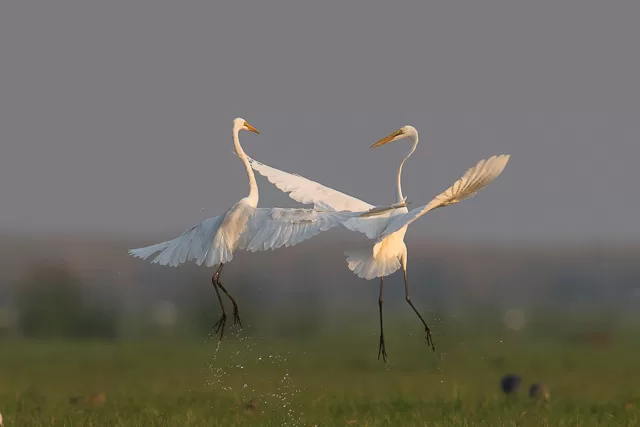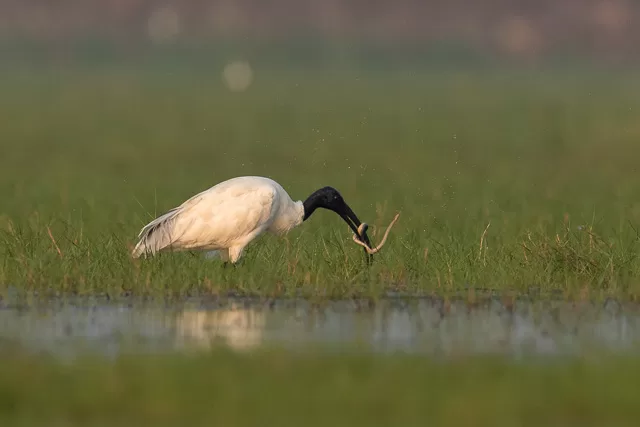About
Top Experiences
Type of Journey
Subscribe to newsletter and stay updated
Read about our travel expeditions, new destinations, new pictures, latest trip schedules
The historic village of Mangalajodi is located in the Odisha district of Khurda, 75 kilometers from Bhubaneswar. The waterways that cut through the reed beds link this largely freshwater zone, which is home to a sizable marshland around Lake Chilika’s northern shore, to the brackish waters of the Chilika lagoon. These water channels that cut through the bed of vegetation are home to thousands of wetland birds from both India and other countries. This marsh is home to almost three lac wetland birds in India during the peak season, which runs from the month of October to the month of March. For this reason, it has been designated as an “Important Bird Area.” This part of Chilika, with a huge area of brackish water, is an estuarine lagoon of international importance.
OVERVIEW
Location: Khurda District, Odisha, India
Nearest Airport: Bhubaneswar Airport
How to reach: 2 hours drive from Guwahati airport
Famous for: Wetland birding
Best time to visit: November to March
WHAT TO SEE
Birds: Grebes, Egrets & Bitterns, Storks, Ibises, Cormorants/Shags, Herons, Geese & Ducks, Raptors, Pheasants, Partridges, Gulls & Terns, Kingfishers, Swifts, Quails, Rails, Crakes, Moorhens, Robins, Thrushes, Babblers, Prinias, Coots, Jacanas, Waders, Bee-caters, Warblers, Munias, Sparrows, Weavers, Starlings and Mynahs.Larks, Swallows, Wagtails & Pipits
Mangalajodi is a relatively recent addition to India’s birding map, but it has just begun to draw several bird enthusiasts. An hour and a half’s drive from Bhubaneswar is this village, which is home to over 150 kinds of migratory birds and 40 species of resident wetland birds of India, including some passerines.
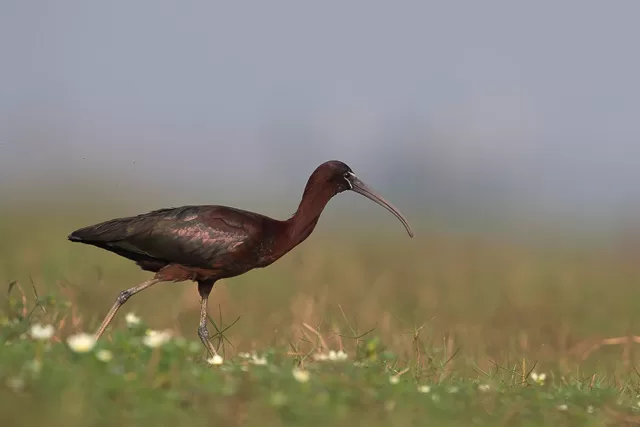
Mangalajodi is a fantastic turn-around story of conservation. Back in the 1990s, Mangalajodi was a bird poacher’s den. The villagers killed and poached the birds, the demand for whose meat was high in the local dhabas, and earned around forty thousand a month. What aided this poaching culture was the fact that the land fell under the Revenue Department, and the Forest Department’s powers were limited in the region. But all this changed when, in 1997, a visionary named Nanda Kishore Bhujabal decided to put an end to this cruelty. Bhujabal was a resident, and he communicated, counseled, and even clashed with his fellow villagers to make them realize the cruelty and immorality involved in poaching. Gradually, a change occurred, and now, the most enthusiastic poachers are the best bird guides in the region. Now, the villagers of Mangalajodi protect these wetland birds of India and their habitats with all their might.
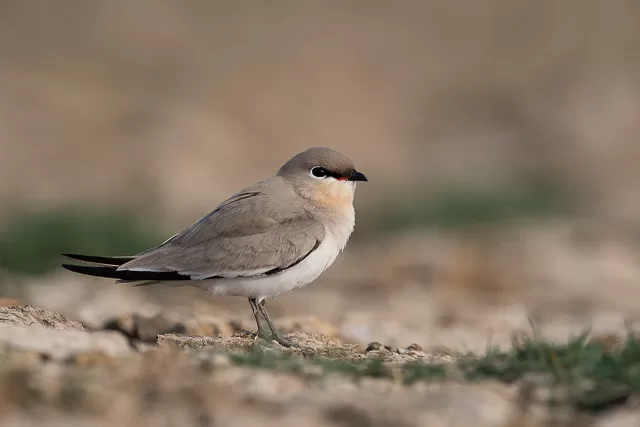
Upon the arrival of October, the skies of Mangalajodi get filled with discrete flocks of birds of various species, colors, and sizes, making it a utopia for bird lovers. After a few days, the larger flocks, flying in their unique formations, roll into the skies of Mangalajodi, much to the delight of bird lovers. Soon, Mangalajodi becomes a heavenly place as lakhs of wetland birds of India, of hundreds of species, come and settle on the water lilies that bloom in the wetlands.
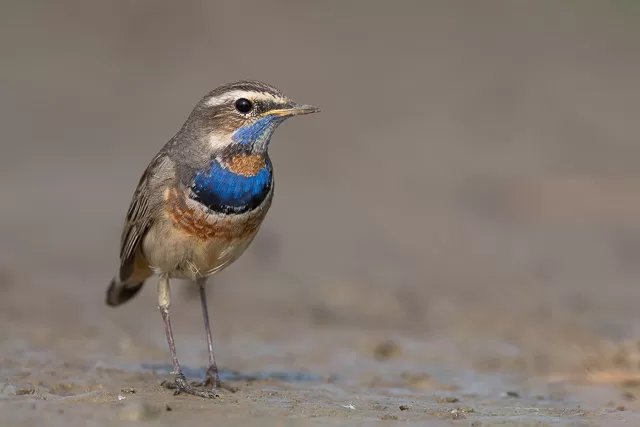
During the peak time of the migration season, the air of Mangalajodi gets filled with chirpings of the humongous number of godwits, plovers, migratory ducks, sandpipers, and ruffs that visit the place. Also, during this time, Mangalajodi witnesses some bewildering phenomenon like the Peregrine Falcon, one of the major attractions perching on the very same place on the mud bund as it had done the previous year, some beautiful occurrences like the Bluethroat sitting on a tourists shoe if he sat motionless, thousands of Gulls sitting unflustered at a distance of a few meters from birder boats, and the iconic take-offs of Pintails. The Grey-head Lapwings, one of the rare wetland birds of India, and the Ruddy Shelducks are some of the highlights of Mangalajodi. Be it the myriad poses struck by the Whiskered Terns or thousands of River Terns lining the mud banks, Mangalajodi offers many heart-warming sights to bird lovers.
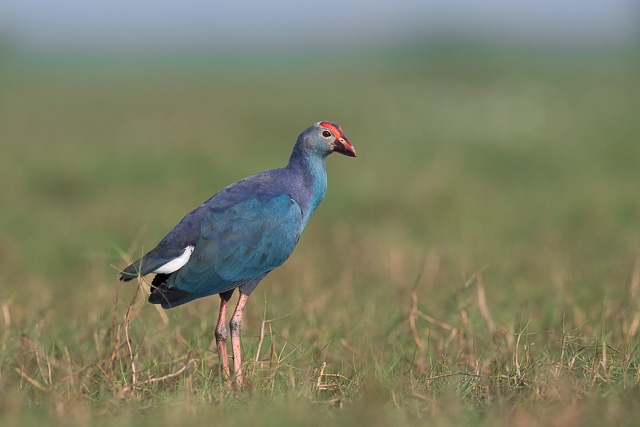
In January, the skulker species like the Slaty-breasted Rails, the Baillon’s Crakes, the Ruddy-breasted crakes, and the Greater painted Snipes come out in the open and offer birders glimpses.
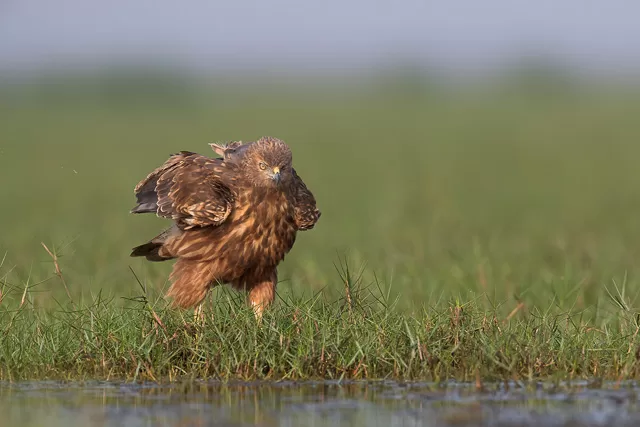
By April, the Pacific Golden Plovers, the Oriental Pratincoles, and the Black-tailed Godwits take up their wonderful breeding plumages. In May, Mangalajodi sees the largest gatherings of popular wetland birds of India, like the Large Whistling Ducks and Glossy Ibis.

The best way to discover this enchanted realm is via a boat excursion in little rowboats. How accustomed the birds are to these boats, which emit no engine noise or pollutants, will amaze you. Almost all of the local guides are excellent birders without exception. You can take boat cruises in the morning and the evening to explore this area’s amazing avifauna.
